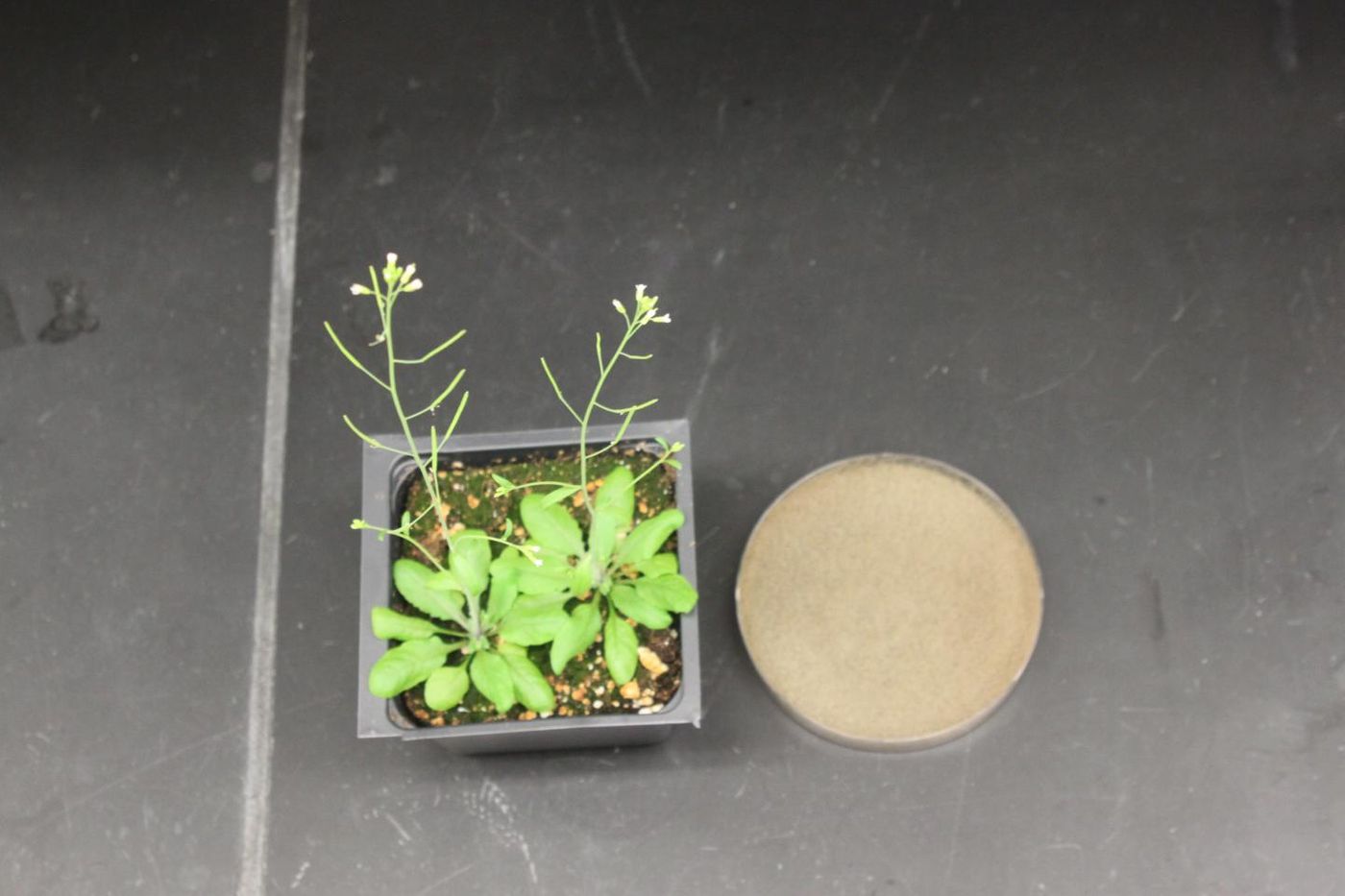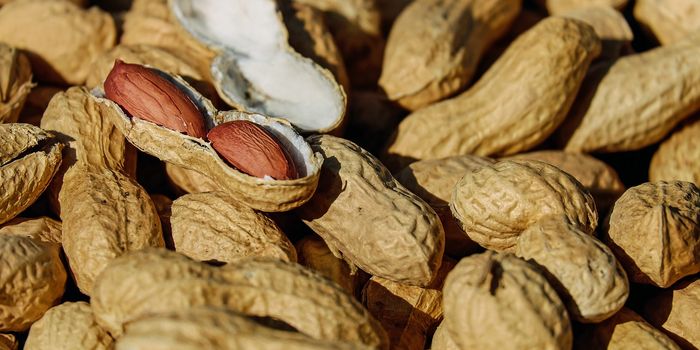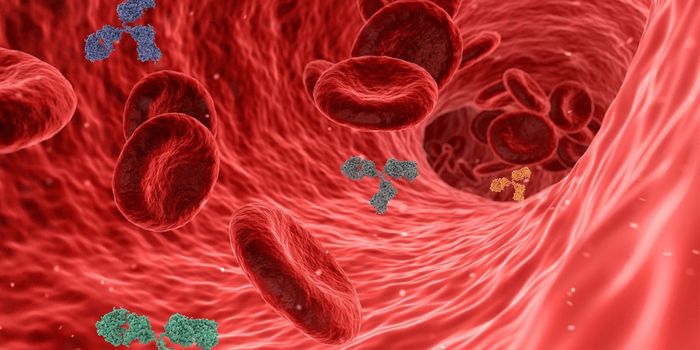Although plants and humans are plagued by different types of infections, a new study from the Boyce Thompson Institute for Plant Research has identified two very similar molecules from each organism that activate the immune response during a pathogenic invasion.
The newly discovered damage-associated molecular pattern molecule (DAMP) is known as HMGB3 in plants and HMGB1 in humans. These DAMPs are released by injured cells in both organisms to trigger an immune response. Cells release DAMPs like HMGB3 and HMGB1 to communicate the status of the injury with surrounding tissues, further promoting healing and protection against infection.
The current study stems from findings in a previous study, where they saw salicylic acid blocking the activity of HMGB1 in humans, and soon after they found HMGB3 in the plant model system Arabidopsis. Current experiments uncovered HMGB3 potential with observations of plant and animal proteins and their interactions with salicylic acid, a plant immune regulator and main breakdown product of aspirin.
After discovering HMGB3 in Arabidopsis, the researchers compared its activity without DAMPs already known to activate the immune response. They measured HMGB3’s ability to help in the fight against gray mold infection, and found that the protein activates a signaling cascade that activates genes involved in the plant immune response. HMGB3 also instigates the deposition of a plant polysaccharide called callose, which provides a protective thickening of the walls.
"The identification of salicylic acid's shared targets and mechanisms of action in plants and animals enable us to translate what has been learned in one system to the other,” said Daniel Klessig, PhD.
The study was published recently in
PLOS Pathogens.
Source:
Boyce Thompson Institute for Plant Research









